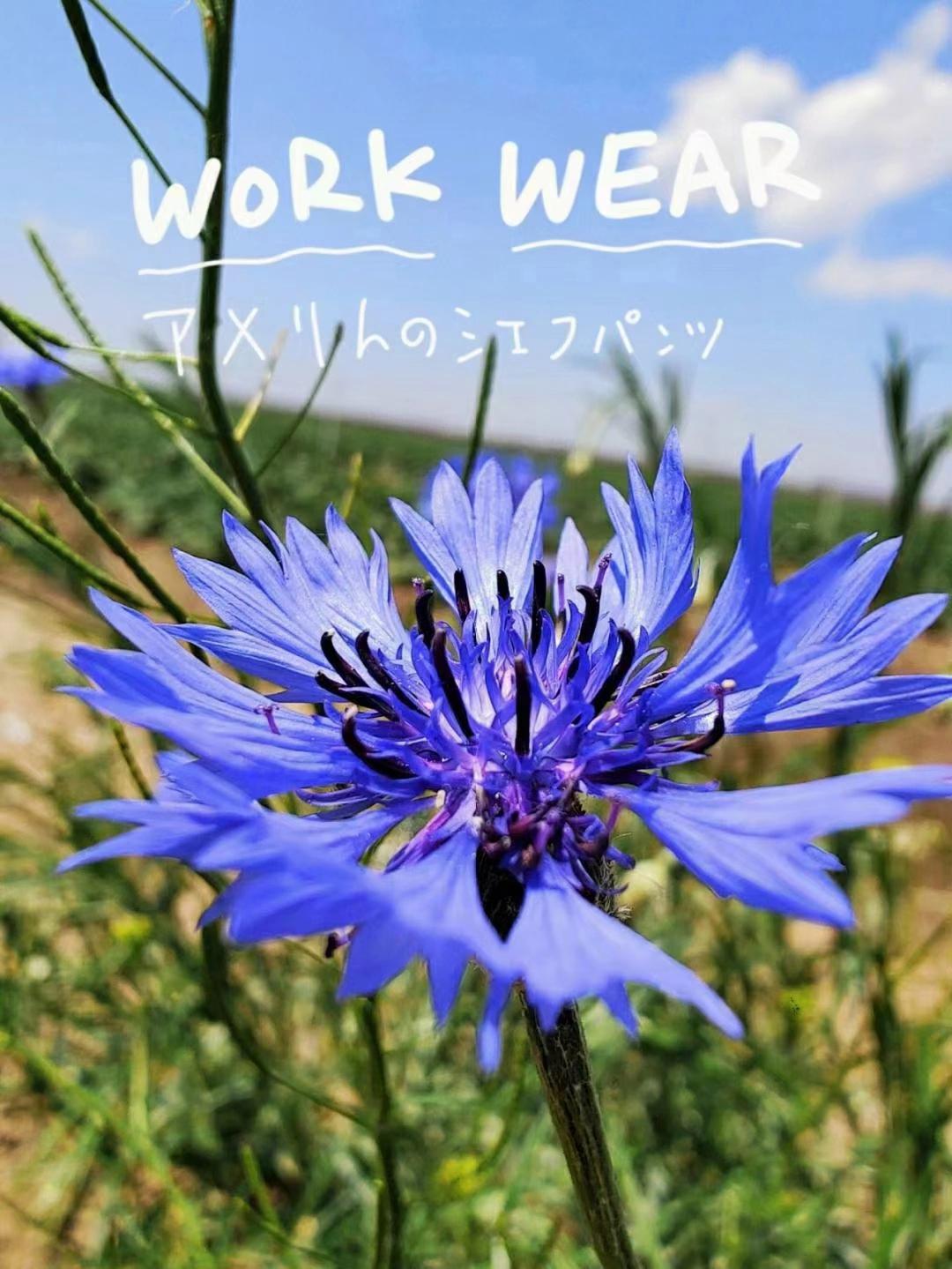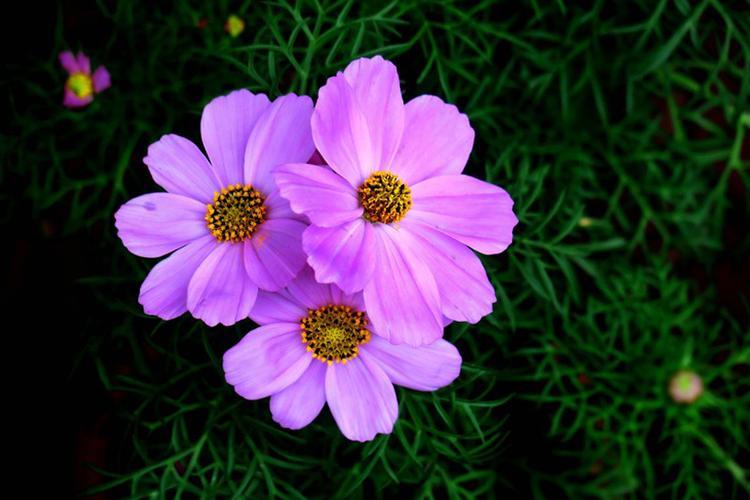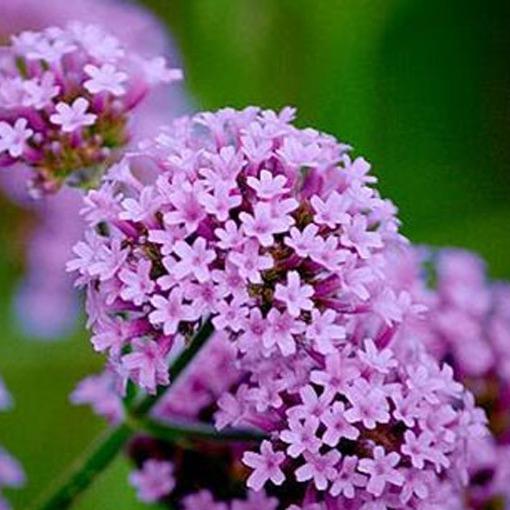The interesting story of the plant Amaranthus dates back centuries. Legend has it that Amaranthus originated from the blood of the Greek god, Hercules. As the story goes, Hercules battled a giant serpent known as the Hydra and was wounded. Drops of his divine blood fell onto the ground, giving rise to the vibrant and resilient Amaranthus plant. With its striking red color, the plant symbolizes immortality and determination. It continues to be admired for its beauty and resilience, reminding us of the power of overcoming challenges.
Picture
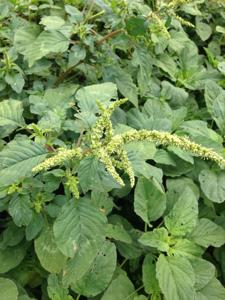
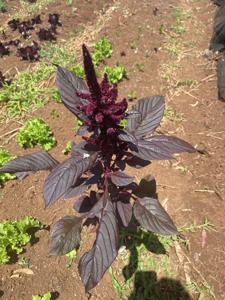
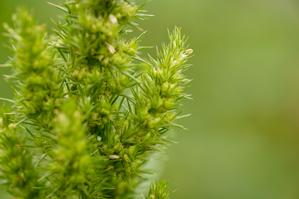
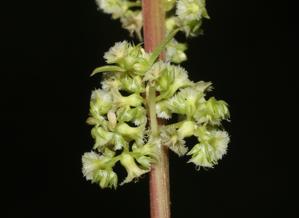
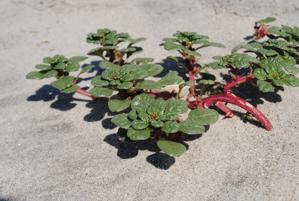
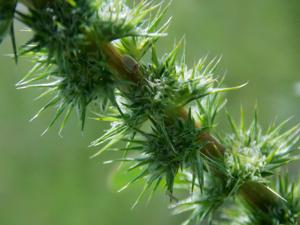
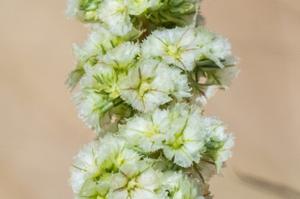
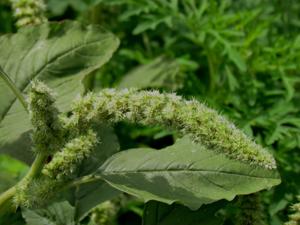
Plant some seeds now!
Multi-Colored Bachelor’s Button
Short Description
Amaranthus is a cosmopolitan group of more than 50 species which make up the genus of annual or short-lived perennial plants collectively known as amaranths. Some of the more well known names include “prostrate pigweed” and “love lies bleeding”. Some amaranth species are cultivated as leaf vegetables, pseudocereals, and ornamental plants. Catkin-like cymes of densely packed flowers grow in summer or fall. Amaranth varies in flower, leaf, and stem color with a range of striking pigments from the spectrum of maroon to crimson and can grow longitudinally from 1 to 2.5 metres (3 to 8 feet) tall with a cylindrical, succulent, fibrous stem that is hollow with grooves and bracteoles when mature.
There are approximately 75 species in the genus, 10 of which are dioecious and native to North America with the remaining 65 monoecious species endemic to every continent (except Antarctica) from tropical lowlands to the Himalayas. Members of this genus share many characteristics and uses with members of the closely related genus Celosia. Amaranth grain is collected from the genus. The leaves of some species are also eaten.
Description
Amaranth grain (left) and wheat (right)
Amaranth is a herbaceous plant or shrub that is either annual or perennial across the genus. Flowers vary interspecifically from the presence of 3 or 5 tepals and stamens, whereas a 7-porate pollen grain structure remains consistent across the family. Species across the genus contain concentric rings of vascular bundles, and fix carbon efficiently with a C4 photosynthetic pathway. Leaves are approximately 6.5–15 centimetres (2+1⁄2–6 inches) and of oval or elliptical shape that are either opposite or alternate across species, although most leaves are whole and simple with entire margins.
Amaranth has a primary root with deeper spreading secondary fibrous root structures. Inflorescences are in the form a large panicle that varies from terminal to axial, color, and sex. The tassel of fluorescence is either erect or bent and varies in width and length between species. Flowers are radially symmetric and either bisexual or unisexual with very small, bristly perianth and pointy bracts. Species in this genus are either monecious (e.g. A. hybridus,) or dioecious (e.g. A. palmeri). Fruits are in the form of capsules referred to as a unilocular pixdio that opens at maturity. The top (operculum) of the unilocular pixdio releases the urn that contains the seed. Seeds are circular form from 1 to 1.5 millimeters in diameter and range in color with a shiny, smooth seed coat. The panicle is harvested 200 days after cultivation with approximately 1,000 to 3,000 seeds harvested per gram.

